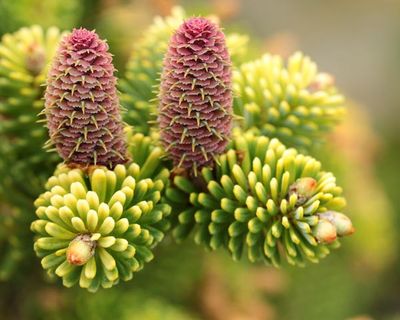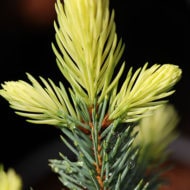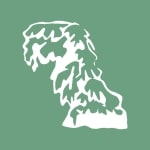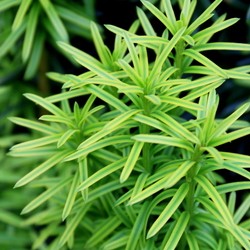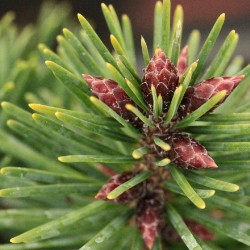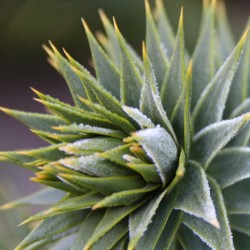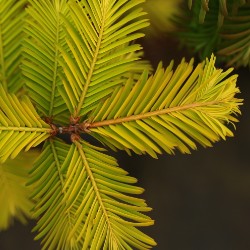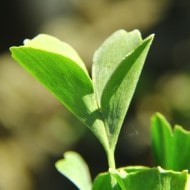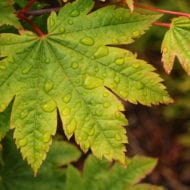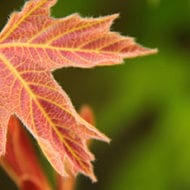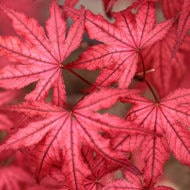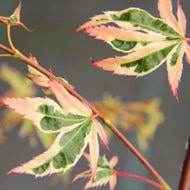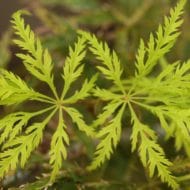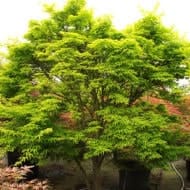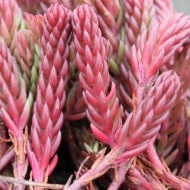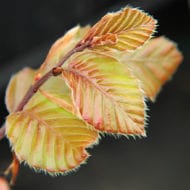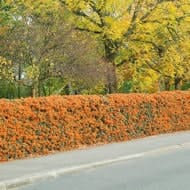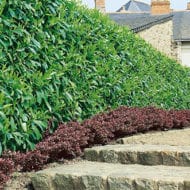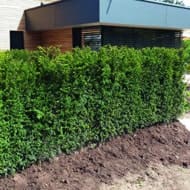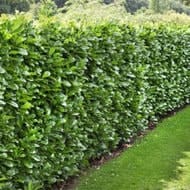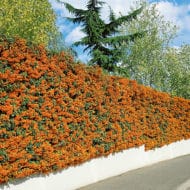Tsuga - Hemlocks
The four species of North American hemlock are valuable for wood pulp and horticultural plantings. Even though they are called “hemlock,” these are evergreen conifers in the Pine family, not related at all to the deadly poison hemlock of Socrates (Conium maculatum) that is in the Carrot family.
These stately trees add a sense of wilderness to the landscape. They are all from mountainous habitats, and grow best in moist, cool areas with plenty of rainfall, in full sun to moderate shade. Beautiful golden varieties can brighten the corner of a garden, and the slow-growing mountain hemlock is a good choice for rock gardens or small areas.
TSUGA ATTRIBUTES
Hemlocks are medium-sized to tall pyramidal trees, up to 200’ high, but horticultural varieties tend to be smaller. Their foliage is dark green, blue-green, or golden, depending on the variety. The flat needles are a half inch to one inch long, arranged in two rows opposite one another on the stems, and the brown seed cones hang down from the branches. Tsuga Canadensis, the Canadian hemlock, is a graceful tree with branches softly curving down. Tsuga mertensiana, the mountain hemlock, has stiffer branches and a narrow, denser habit.
SELECTING THE RIGHT TSUGA
Hemlocks grow in the USDA hardiness zones 4-5 to 8. Varieties of T. Canadensis are hardy to zone 4, and varieties of T. mertensiana are hardy to zone 5. Check the map in the descriptions to make sure you live in an appropriate hardiness zone for these trees. An area with full sun to partial shade will do well as long as it is kept moist. Hemlocks cannot handle dry soil. Brighten up a shady corner of the property with one of the golden varieties or enhance your rock garden or urban landscape with one of the dwarf trees. Ask us if you need some help choosing the right Tsuga for your property and we’ll be glad to assist you.
Showing all 3 results


